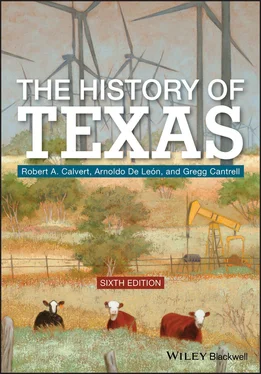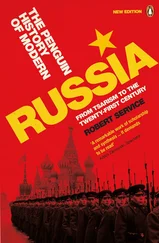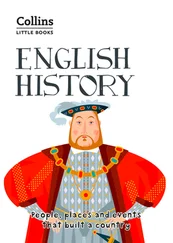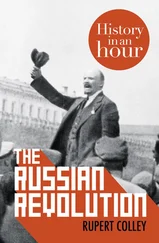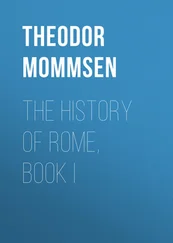Chiefs known as the xinesí presided over Caddo society, both as political and religious leaders. Serving in a hereditary position, the xinesí (whose authority extended over several Caddo communities) mediated between his followers and a supreme deity–the world’s creator who influenced both good and bad things in life–and led religious celebrations, ceremonies, and festivals. In Caddo society, the xinesí was a person whose high status demanded respect from tribal members who looked up to him as a powerful figure able to determine such phenomena as a successful sowing; as such, the xinesí’s wishes and directives were to be followed unquestionably. Under the supervision of the xinesí, the Caddos constructed impressive temple mounds (signature traits of their Mississippian kin) that served both as storehouses and places in which to conduct important meetings and ceremonies. Below the xinesí in the Caddo religious order were lesser medicine men who attended to the spiritual and physical needs of the people. Adept in the use of medicinal herbs and various folk remedies, these healers treated a multitude of wounds and illnesses.
Governing individual Caddo communities (also through hereditary right) were the caddí . Such rulers were members of the upper stratum. Although all but disqualified from holding office, a commoner might elevate himself to a leadership position through feats of bravery on the battlefield. Ostensibly, the Caddo administrators ruled efficiently, for at the time the Spaniards began their exploration of Texas, the Caddo world prospered. Lieutenants enforced the policies determined by the caddí, directing commoners in their tasks of tilling the soil, building shelters for all concerned, and seeing to the public good, which included defending the nation from outside threats. War was not, however, integral to Caddo culture. Indeed, they undertook attacks on neighboring tribes primarily as a social pressure valve, a way to let eager young men act out their bravado, or as opportunities for anyone wishing to rise in social status.
The Caddos granted women rights and recognitions not generally accorded by European societies of the era. Their society was a matrilineal one, meaning that authority was handed down, both in families and in the larger clan, through the mother’s line, so women held a distinct and influential place in kinship networks, within which they molded Caddo social conduct, privileges, and duties. Women could also influence individuals’ economic, political, and social standing as they related to the broader group. Finally, it was women who classified others vis‐à‐vis the clan–as, for instance, friend or foe. In such a kin‐based civilization, Caddo women gave advice on matters of intertribal trade and relations, including terms of war and peace. Ordinarily, women’s presence among visiting Indian delegations symbolized peace; their absence from such teams conveyed hostility.
Although they primarily relied on farming for their sustenance, the Caddos supplemented their diet through other means. In addition to gathering roots, nuts, and fruits, another task assigned to women, Caddo men hunted the native game of eastern Texas: turkeys, rabbits, or quail in the summer; deer and bear (useful for lard, clothing, and shelter) in the fall and winter; and buffalo (present on the western rim of the Caddo confederacy) when the supply of other foods grew scarce during the colder months. Comfortable in their stability and self‐reliance, the Caddos also engaged in extensive trade. Eventually the Caddo world served as a hub for those bringing goods from as far away as New Mexico, northern Mexico, and the Mississippi Valley. The Caddos welcomed many trading partners, bartering their baskets, tools, decorative art, and weapons for certain types of vegetables, furs, and other luxury items not otherwise available to them in East Texas.
Another group inhabiting Texas in the final years of the fifteenth century was the Jumanos, who inhabited the Trans‐Pecos area ( Figure 1.3). Ethnographers and other scholars still disagree over the distinct features of Jumano culture. Opinions also differ as to what specific peoples (or tribes) made up the Jumanos, what linguistic groups they derived from, and the precise regions they occupied. Some studies note that the term Jumano , as used by the first European observers, delineate those descendants of the Tanoan‐speakers, a linguistic group from New Mexico, or those tribes that made their living as traders and traveled as far east as the South Plains of Texas. To some anthropologists, the word Jumano identifies people of a shared cultural background, and not necessarily a general grouping of people with a common language or a specific livelihood.
Recent research presents the Jumanos as descending from the Jornada line of the Mogollón, a people indigenous to modern‐day Arizona, New Mexico, and neighboring regions. Sometime in the mid‐fifteenth century, part of the Jornada tribe began migrating eastward toward the Trans‐Pecos, ultimately establishing permanent settlements in the West Texas river valleys such as El Paso, but more specifically in the region that the Spaniards later referred to as La Junta de los Ríos (the confluence of the Rio Grande and the Rio Conchos). Quite plausibly, the whole of western Texas became the domain of the Jumanos–more militant tribes such as the Apaches and Comanches would not enter the region until sometime in the seventeenth century–for what were most certainly Jumano settlements (many of them temporary) have been found beyond the fertile river valleys. In any case, the Jumano civilization stretched from eastern New Mexico and perhaps into Oklahoma, and south to northern Chihuahua in Mexico, with its easternmost appendage extending into the South Plains. In these hinterlands, they made a living by farming and hunting.
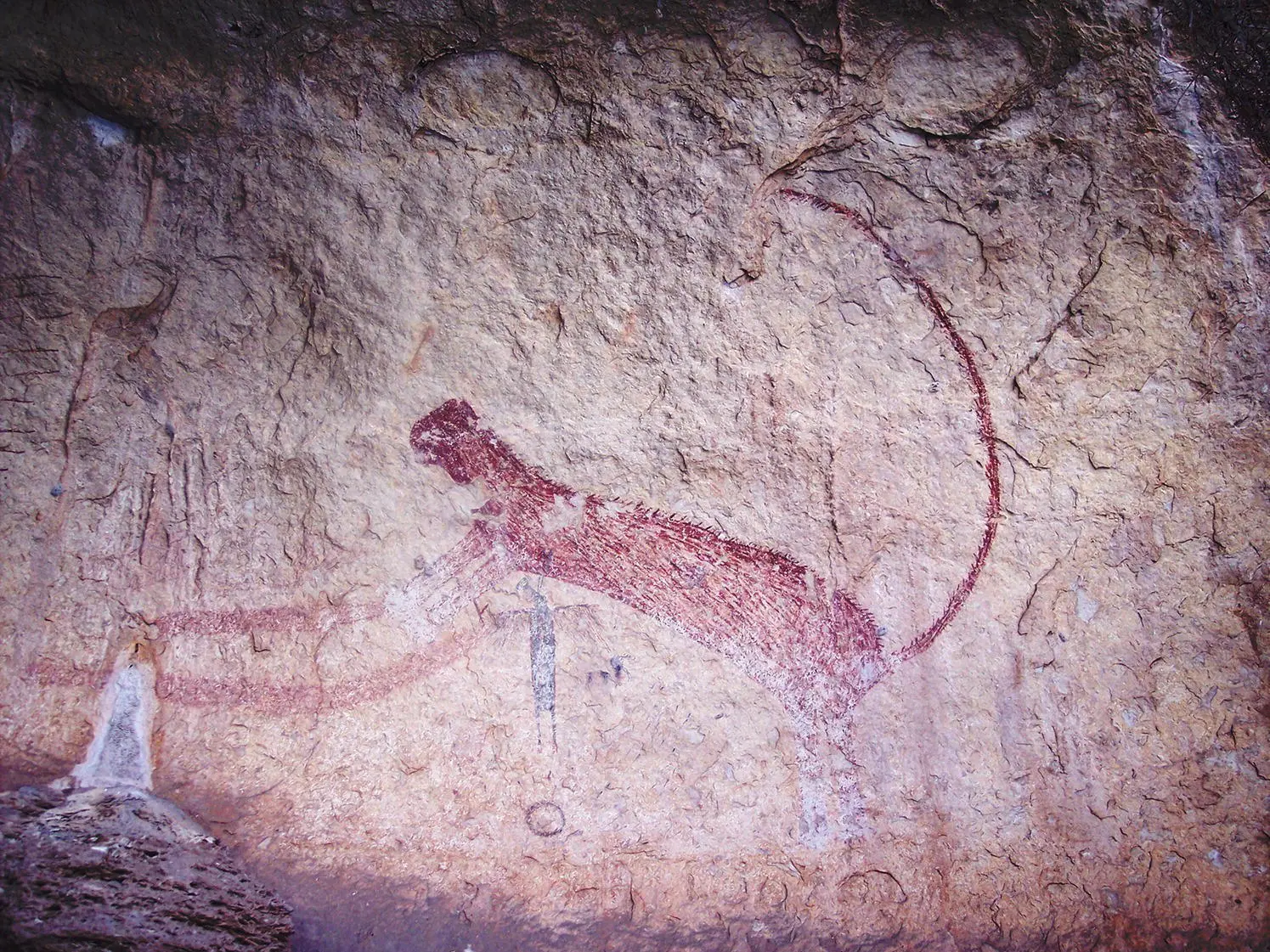
Figure 1.3 This famous panther is an outstanding example of the prehistoric art of the Lower Pecos people.
Credit: Amistad National Recreation Area.
At La Junta de los Ríos and other permanent settlements, the Jumanos worked irrigated produce gardens, cultivating traditional farm crops such as maize, beans, and squash. The Rio Conchos and the Rio Grande provided them with a variety of fish. Jumano communities resembled those used by their kinspeople in New Mexico–clustered single‐family dwellings constructed of reeds and grass formed a village, over which a chief ruled. Such farm hamlets were indicative of the branch of the Jumanos that had opted for a sedentary life, though certain village members left on seasonal hunting expeditions.
Hunting nearly full time became the unique trait of the nomadic Jumanos of the West Texas plains. Living in transient camps, this branch of the Jumano people roamed the vast grasslands throughout the spring and fall in pursuit of a variety of game: from snakes, fish, and birds, to deer, antelope, rabbits, armadillos, and, naturally, the indispensable buffalo, which furnished them with meat for food and hides for shelter and clothing. During winter, the hunters relocated near the more permanent villages of their farming relatives, launching the hunting cycle anew in the spring.
Both the sedentary and nomadic Jumanos earned reputations among the Spaniards (who entered the world of the Jumanos in the seventeenth century) as accomplished merchants–as noted previously, some Europeans used the word Jumano synonymously with trader. La Junta de los Ríos served as a distribution hub for provisions, trade items, and intelligence coming in from northern Mexico, the Indian villages of the upper Rio Grande, the world of the Coahuiltecans, or from the exchange marts of the Caddos. The nomadic Jumanos appear to have made commerce as much a part of their way of life as was hunting, and establishing trading villages on the plains as centers of exchange. In these posts, they bartered products manufactured or acquired by the tribespeople–bows and arrows, pearls, and animal furs and hides. But they also traveled widely to exchange horses (stolen from local ranches in northern New Spain), buffalo products, and foodstuffs for vegetables and fruits raised by local tribes, woolen textiles or pottery produced in New Mexico, or wares and foods available through the Caddos’ own commercial network.
Читать дальше
